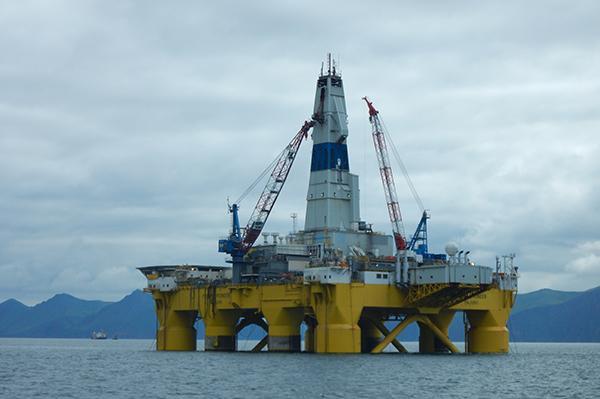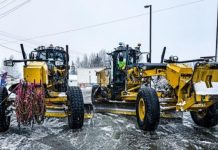JUNEAU, Alaska, Aug. 18 (UPI) — Despite backlash from environmentalists, Shell said it was cleared to tap into oil-bearing zones offshore Alaska that could be a significant national reserve.
The U.S. Bureau of Safety and Environmental Enforcement said it awarded Shell with one permit to start drilling an exploration well into oil-bearing zones in the Burger prospect in the arctic waters off the coast of Alaska.
A spokesperson for Shell said the prospect could be one of the more lucrative basins in North America.
“We remain committed to operating in a safe, environmentally responsible manner and look forward to evaluating what could potentially become a national energy resource base,” the spokesman said in response to email questions.
A federal study of the prospect from 2004 described the Burger prospect as likely the largest reserve pool of its kind off the Alaskan coast.
Alaskan oil and natural gas production is in decline in part because legacy fields are approaching maturation. Amid early 2015 opposition to Shell’s regional program, Alaska Gov. Bill Walker said his state is facing a $3.5 billion deficit.
In total, the state government estimates the arctic waters hold as much as 24 billion barrels of oil and 104 trillion cubic feet of natural gas.
“Shell has spent years preparing to fully explore its leases in the Arctic offshore,” Sen.Lisa Murkowski, R-Alaska, said in a statement. “The responsible development of those resources will create jobs and provide a badly needed long-term supply of oil for the trans-Alaska pipeline, ensuring that we continue to be a major energy supplier well into the future.”
Walker has said the state oil pipeline is running “three-quarters empty.”
In the 2004 study, the federal government said the reserve estimates were highly speculative and operations in the frigid arctic climate were largely untested.
“Even under a very optimistic set of assumptions, Burger is a marginal development opportunity,” the 2004 study said.
Shell’s campaign has been plagued by a series of equipment delays and malfunctions.
The BSEE said Shell’s operations offshore Alaska are proceeding under tight safety and environmental scrutiny. Wildlife observers are required at the site, as is infrastructure needed to respond to a potential oil spill.
A so-called capping stack, needed to control a spill, is 24 hours away from the drilling site. For environmental groups, the assurances fell short of the mark.
“The only path to a safe climate future is to leave Arctic Ocean oil and gas in the ground,” Friends of the Earth campaigner Marissa Knodel said in a statement.
President Barack Obama is scheduled to visit the region next month.






